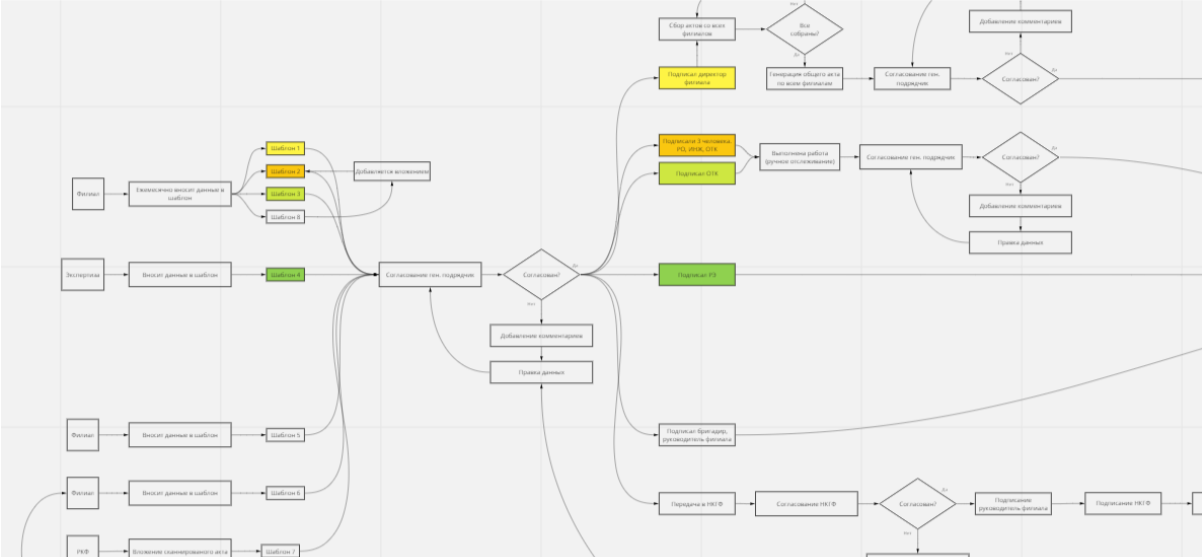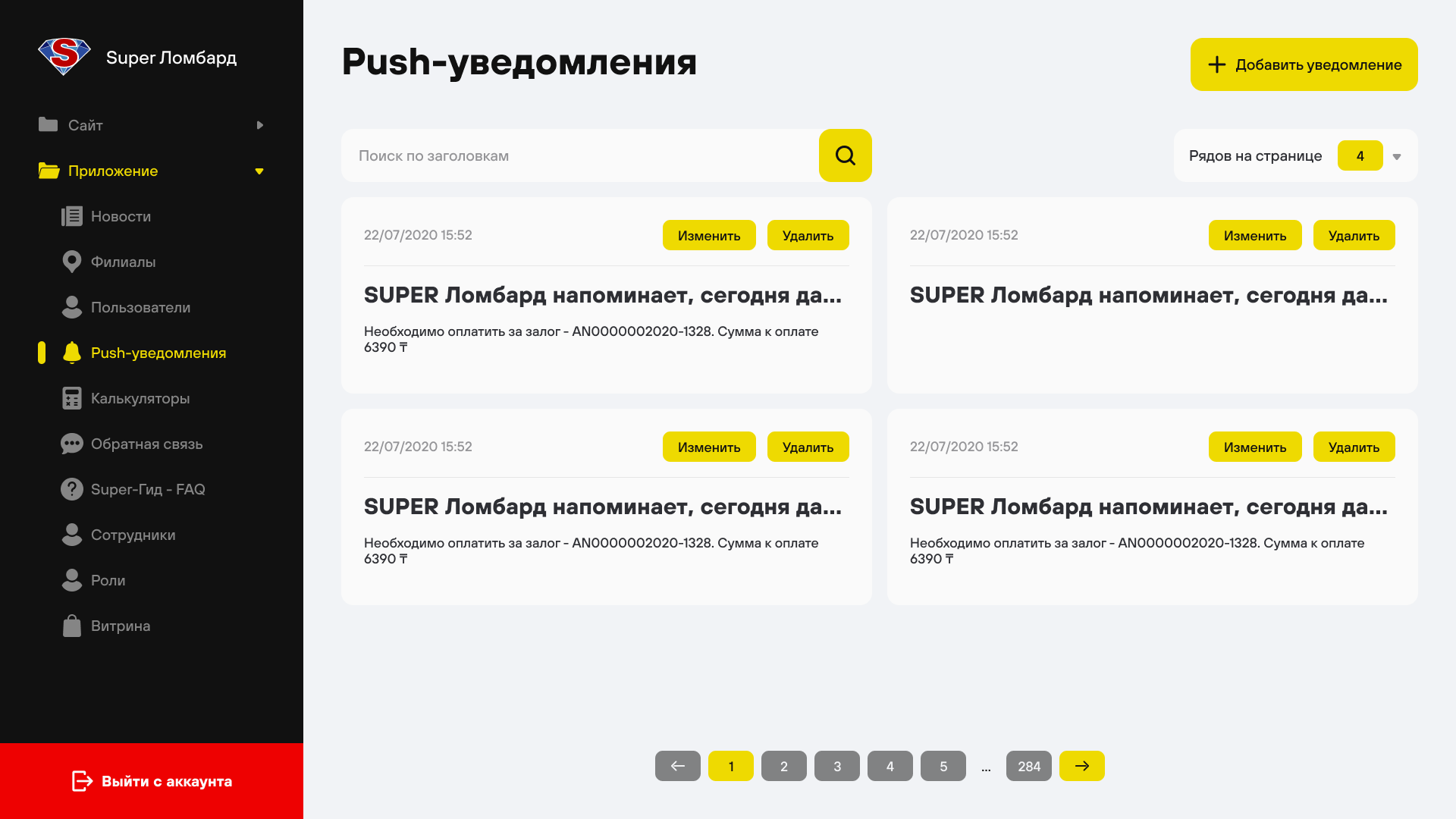At the moment when a client comes with the idea of creating a web service and begins to discuss it informally, it’s time to initiate the requirements aggregation process.
But what exactly is it?
In this article, we will explore what requirements aggregation is, what you need to know to correctly conduct the requirements aggregation process, and achieve success in the project.
What is Requirements Aggregation?
Requirements aggregation is the process of collecting and combining various requirements for a product or project that come from different users or stakeholders. As a result, a unified list of requirements is created, which takes into account all incoming requests and wishes. This list helps make the development process more focused and efficient, as developers will have a better understanding of what needs to be created.
Understanding Needs and Goals
The first step in requirements aggregation is understanding the needs and the project’s direction. To properly gather and manage requirements, it is essential to understand what the clients expect from the product and what goals they have set for the project. For this purpose, the team conducts a detailed analysis of the needs and identifies the primary objectives to understand which requirements are important and how they can be integrated into the final product.
Mind maps can be helpful in describing the project’s needs and goals.
Let’s take an example of how our team compiles the needs and goals of clients:

Data Collection
Once the needs are understood, the next step is gathering information. This step involves the team communicating with stakeholders and collecting data about the product’s requirements. This process includes user interviews, discussions with managers and engineers, analysis of existing data, and so on.
Below are some methods that can be used for requirements gathering:
- Interviews with Stakeholders:
One of the most common methods for gathering requirements. The project manager can conduct interviews with the client, potential users, or other stakeholders to determine the requirements for the software product.
- Brainstorming Sessions:
Involves conducting group discussions with stakeholders to discuss ideas and needs related to the software product.
- Competitive Analysis:
Involves analyzing competitive products in the market to identify their features and functions that can be applied to the software product under development.
- Prototyping:
This method involves creating a prototype of the software product that can be used to demonstrate its capabilities and functions to the client and stakeholders.
- User Surveys:
Can be used to gather feedback from users about desired features and functionalities of the software product.
Each method has its advantages and disadvantages, and the choice depends on the specific project conditions and client goals. It is important to select the appropriate method and tools for requirements gathering to obtain the most accurate information and create a software product that meets the needs of the client and users.
Product Requirements Analysis
After gathering requirements, the next step is requirement analysis to determine priorities and the product’s importance. The analysis involves evaluating the technical complexity of implementing each requirement, analyzing risks, and assessing the benefits of implementing requirements. Based on the analysis, decisions are made regarding which requirements should be included in the final product and which ones can be deferred to the future or rejected altogether. It’s important to remember that not all requirements are equally important, and the team must make decisions based on the analysis and prioritization of requirements.
Let’s consider an example from one of our cases:
The company received an order from a client to develop a software product for managing document flow on a portal.
To initiate the development process, it is necessary to conduct requirement analysis.
- Reviewing the Order:
The beginning of requirement analysis involves reviewing the client’s order. In this case, the client requests a program that simplifies document management, reduces the time spent on document preparation, and facilitates document signing.
- Identifying Key Functions:
After reviewing the order, it is essential to identify the core functions that the software product must perform. In this case, these may include database management, document flow management, time tracking, document template creation, and more.
- Defining User Interface Requirements:
Interface development is a crucial aspect of the software product. In this case, it is necessary to define UI requirements to ensure user-friendly software.
- Analyzing Technical Requirements:
This point pertains to hardware and software requirements necessary for the software product to function. In this case, it is necessary to determine requirements for the operating system, computing system capabilities, and more.
- Identifying Constraints:
Constraints can be related to budget, project deadlines, or other factors. In this case, it is essential to identify constraints to determine the project’s possibilities and limitations.
- Validating Requirements for Feasibility:
After defining all requirements, it is necessary to validate them for feasibility. This helps avoid situations where some requirements cannot be implemented within the project’s scope.
Here’s what we achieve in practice:


Requirements analysis is a crucial stage in the software development process as it allows for the identification of all requirements for the software product and ensures their fulfillment within the project’s scope.
Documentation of Requirements Aggregation
After requirements have been gathered and analyzed, this stage involves documenting them in a specialized requirements management system. This system allows for a unified and centralized source of information about requirements and enables tracking their status. Documenting requirements includes describing both functional and non-functional requirements, their priorities, and their relationships.
Management of Aggregation
Equally important is the process of tracking and managing changes in requirements throughout the project, which includes recording changes in requirements, assessing them, and obtaining approvals. The team monitors changes in requirements and updates their documentation in line with these changes.
Conclusion
In conclusion, it is essential to emphasize that requirements aggregation is one of the critically important stages in the development of products and systems. This process requires specific skills and knowledge, as well as collaborative effort among the client, development team, and other stakeholders. Proper and comprehensive gathering and analysis of requirements are key to the success of the project and its subsequent implementation
